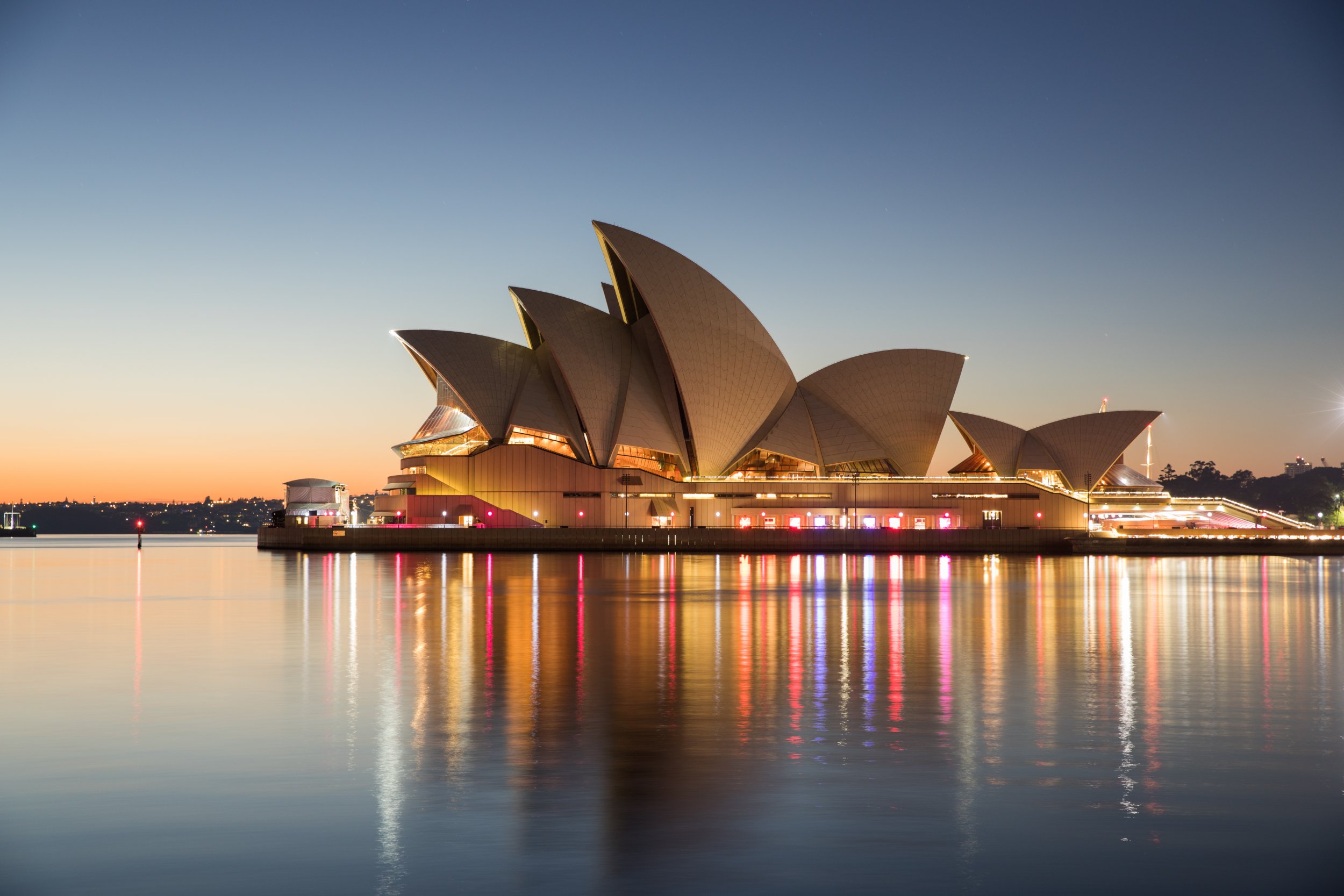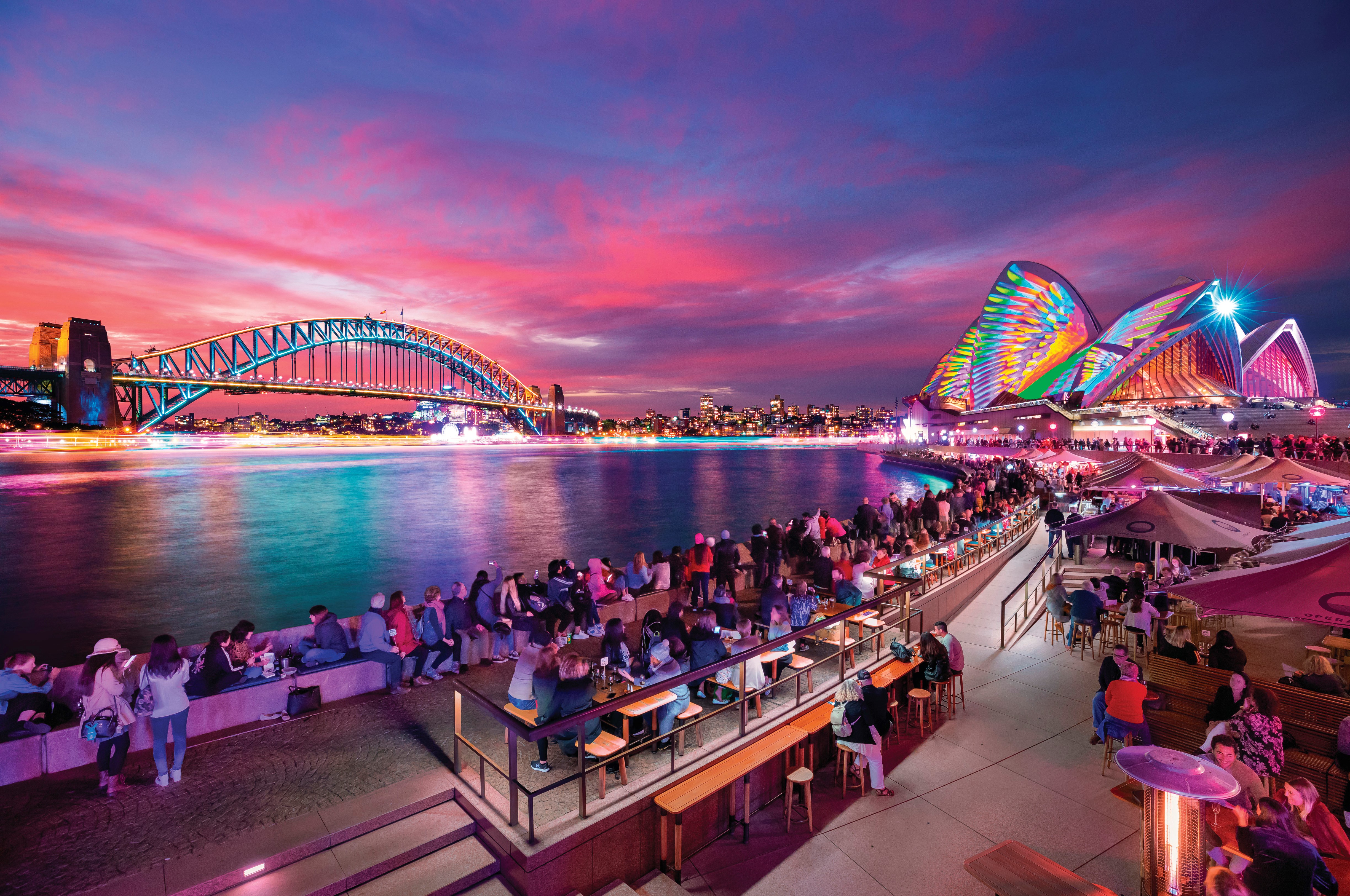
Meanwhile, legal resource site said a study of the construction process shows that “the total disregard for proper plans to be put in place from the start of the project can have disastrous consequences and having no project manager is certainly not advisable.”įollowing the mooting of plans for a better venue for performing arts than the town hall where performances were being held in Sydney in the 1940s, construction of the Opera House was hurriedly started in 1959. In a 2005 article in Harvard Design Magazine, Danish economic geographer cited the building as being literally the worst example of mega- project planning, accusing project proponents of purposely lowballing cost estimates and concluding that in terms of project management, “ Sydney provides a lesson in what not to do.” The naming follows decades of criticism about the way the project was managed, though few deny its iconic value. The Sydney Opera House, which was originally expected to cost just $7 million and open by Australia Day 1963, was eventually completed 10 years late for around $102 million – almost 14 times over budget.



In a roundtable listing of what it refers to as ‘monumental budget busters’, architecture blog site Architizer has placed Australia’s most famous building second on the list, behind Montreal’s Olympic Stadium in Canada. Sydney Opera House has been named as part of a ‘Hall of Shame’ of landmark building projects for which major cost blowouts have occurred.


 0 kommentar(er)
0 kommentar(er)
